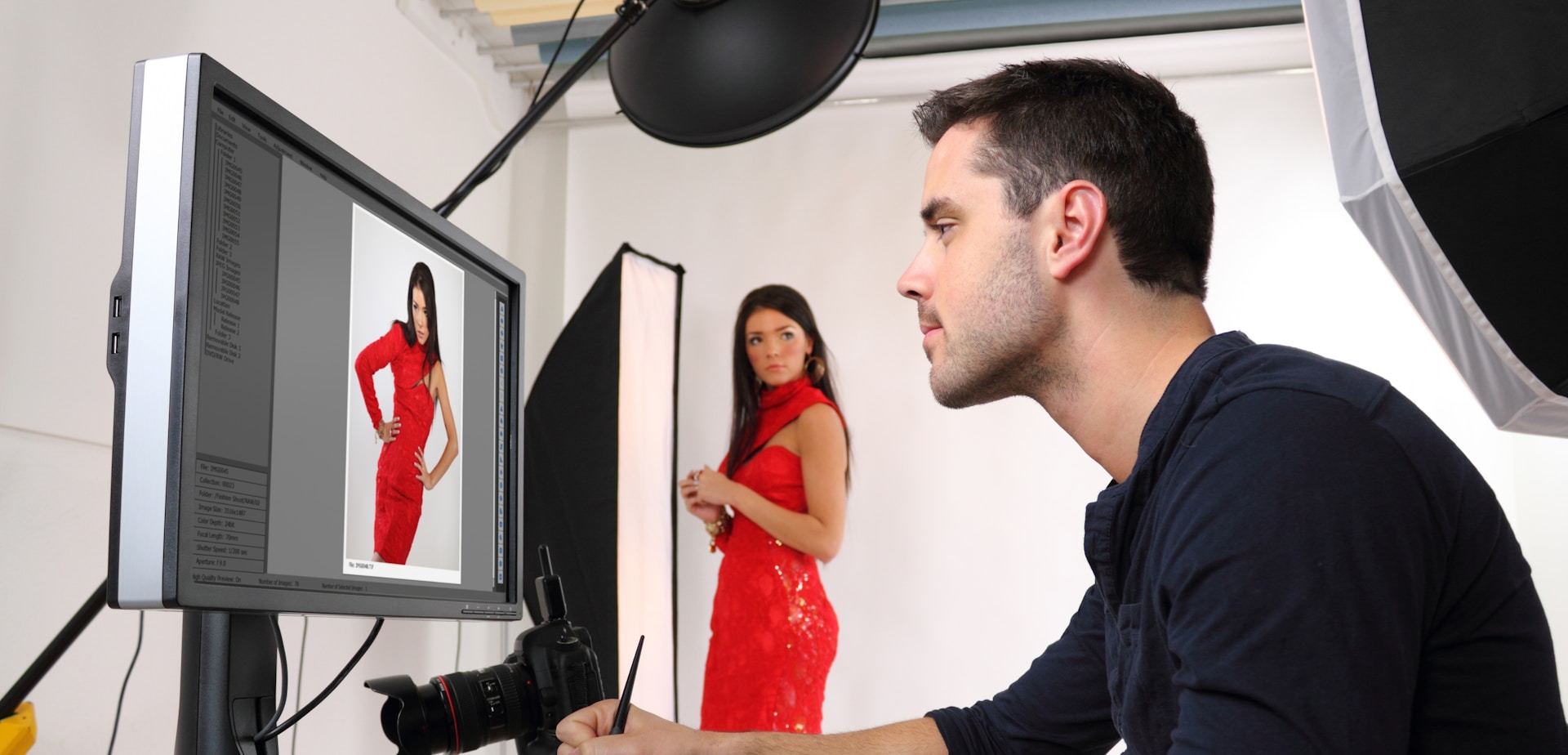
From Snapshots to Statements: Elevate Every Click
In the age of smartphones and social media, taking a photo has never been easier. With a few taps, anyone can capture a moment, apply a filter, and share it with the world. But while the quantity of images we produce has skyrocketed, the quality and intentionality behind them often haven’t kept pace. Moving beyond the casual snapshot to create images that tell stories, evoke emotions, or make artistic statements requires more than access to a camera — it calls for a thoughtful eye, a clear vision, and a deeper understanding of what elevates a click into a photograph worth remembering.
What Defines a Snapshot vs. a Statement?
A snapshot is typically spontaneous, casual, and often taken with little thought to composition, lighting, or meaning. It captures a moment in time — which has its own charm and value — but usually lacks a broader purpose or visual impact. A statement image, on the other hand, is intentional. It considers what is being said through the photograph — about the subject, the environment, or the emotion being conveyed.
These images don’t just document — they communicate. A statement photograph may tell a personal story, highlight a social issue, showcase beauty in an unexpected place, or capture a universal feeling like joy, solitude, or anticipation.
The Foundation of Intentional Photography
Elevating your photography begins with intent. Before you press the shutter, ask yourself: What am I trying to say with this image? Is it about the mood, the setting, the connection between subjects, or the contrast of elements? Even candid images benefit from a photographer who’s thinking beyond the immediate frame.
This mindset shift doesn’t mean every photo has to be serious or dramatic — playful images can also make powerful statements. What matters is clarity of purpose. The more you shoot with intention, the more your photography develops a distinctive voice.
Mastering Composition Techniques
Composition is one of the most effective ways to transform a casual photo into a compelling one. Simple techniques like the rule of thirds, leading lines, symmetry, and negative space can dramatically improve how a viewer engages with an image. These elements guide the eye, create balance, and emphasize your subject.
Framing is also critical. What you include — and exclude — from the shot shapes its meaning. Shooting through windows, mirrors, or doorways can add depth or context. Playing with angles — shooting from above, below, or from the side — can alter the viewer’s perspective and emotional reaction to the image.
The Role of Light in Visual Impact
Light is one of photography’s most powerful tools. The same subject can appear entirely different depending on the quality, direction, and intensity of the light. Soft morning or golden hour light creates warmth and romance; harsh midday sun can emphasize texture or tension; low light introduces mystery or intimacy.
Learning to use light intentionally — whether natural or artificial — adds emotion and dimension to your images. For statement photography, lighting is rarely an afterthought; it’s often the very element that defines the image’s mood and narrative.
Telling Stories Through Details
Big, sweeping landscapes or portraits aren’t the only way to create impact. Often, it’s the details that carry the most emotional weight. A close-up of a hand holding another, a child’s shoes left on the doorstep, or the contents of a cluttered desk can speak volumes about a person or a moment.
Training your eye to recognize these storytelling details helps you build visual narratives that go beyond the surface. It’s also a reminder that powerful photography isn’t always about the subject — it’s about how you choose to see it.
Emotion and Authenticity
What sets a statement photo apart is often emotion. Whether it’s joy, longing, pride, or surprise, an image that makes viewers feel something is far more likely to stick with them. Authentic moments — when people are unposed and unaware of the camera — often convey emotion most effectively.
Capturing this authenticity takes patience and presence. It may mean waiting for the right moment or building trust with your subject so they feel comfortable expressing themselves naturally.
Photography Beyond the Camera
Today, photography is about more than just capturing a moment; it’s about curation and context. How you present your work — in a portfolio, exhibition, album, or even on social media — contributes to the story you’re telling. Creating a series of related images with a unifying theme or concept can elevate your work from a collection of photos to a cohesive visual narrative.
Even in casual settings like events, this principle holds true. A carefully designed photo booth rental Houston setup, for instance, can be more than entertainment — it can be a source of stylized portraits that reflect the personality of the event. When executed with creativity and care, even these automated clicks can shift from novelty to statement.
Growing as a Visual Storyteller
Like any skill, growing as a photographer takes time and practice. Review your past work regularly and ask yourself: Which images stand out? What were you trying to capture — and did it work? Seek inspiration in the work of others, from documentary photographers to fashion stylists, and experiment with different genres to find what resonates with your voice.
Feedback also plays a vital role. Sharing your work with other photographers, mentors, or even on public platforms helps you learn what connects with others and how your images are perceived.
Conclusion
Photography has the power to freeze time, but its real strength lies in its ability to express something deeper — to turn fleeting moments into lasting impressions. By shooting with intention, mastering technical elements like light and composition, and focusing on emotion and storytelling, you can elevate every click from a simple snapshot to a meaningful statement. The camera is just the beginning; what matters most is how you choose to see, feel, and share the world through your lens.



